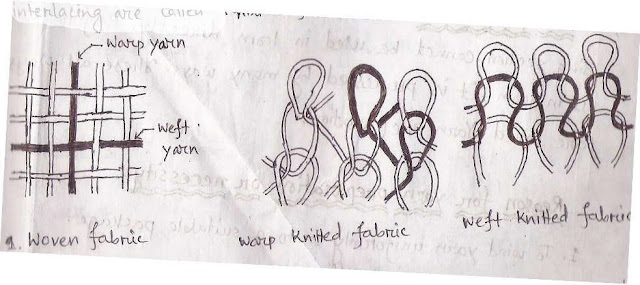Define
soft water?
The water which does not contain H CO3-, Cl-, SO42-
salt of Ca2+, Mg2+, Fe2+, Al3+ & form foam easily by reacting with soap is
called soft water e.g. Rain water.
What is
water softening? State the name of method of water softening?
WATER SOFTENING: To remove the impurities of
hard water by some desirable process is called water softening.
WATER SOFTENING PLANT / METHODS OF WATER
SOFTENING:
1. soda
lime process.
2. Base
exchange process (permutit).
3. Demineralisation.
4. Soda
alum.
5. Aeration.
6. Chelation
on sequestration.
7. Calgon
process.
Describe
the Base Exchange process for softening hard water?
This method depends upon the use of zeolite or
base exchange complexes.
The zeolites are hydrated silicates of Na &
Al with a generated formula- (Na2O)x (Al2O3)y (SiO2)z (H2O)n
When zeolites or base exchange complexes are
brought in contact with hard water, following reaction
For
temporary hardness-
Ca(HCO3)2 + Na2O.Z → CaO.Z + Na2CO3 + H2O
Mg(HCO3)2 + Na2O.Z → MgO.Z + Na2CO3 + H2O
For
permanent hardness-
CaSO4+ Na2O.Z → CaO.Z + NaSO4.
MgSO4+ Na2O.Z → MgO.Z + NaSO4.
In water Z is an abbreviation for the
Al2O3.SiO2.H2O part of zeolite. The soft water obtained from this Base Exchange
process is of 0 – 20° hardness or
Levelness. After a long time the whole of the Na
in Base Exchange substance is replaced by Ca or Mg. it is said to be exhausted
because it will not soften any hard water more. Then it has to be generated.
Regeneration: CaO.Z + 2NaCl → Na2O.Z + CaCl2
The CaCl2 & residual NaCl are washed away
& the regenerated Na2O.Z can be used to soften the hard water again.






